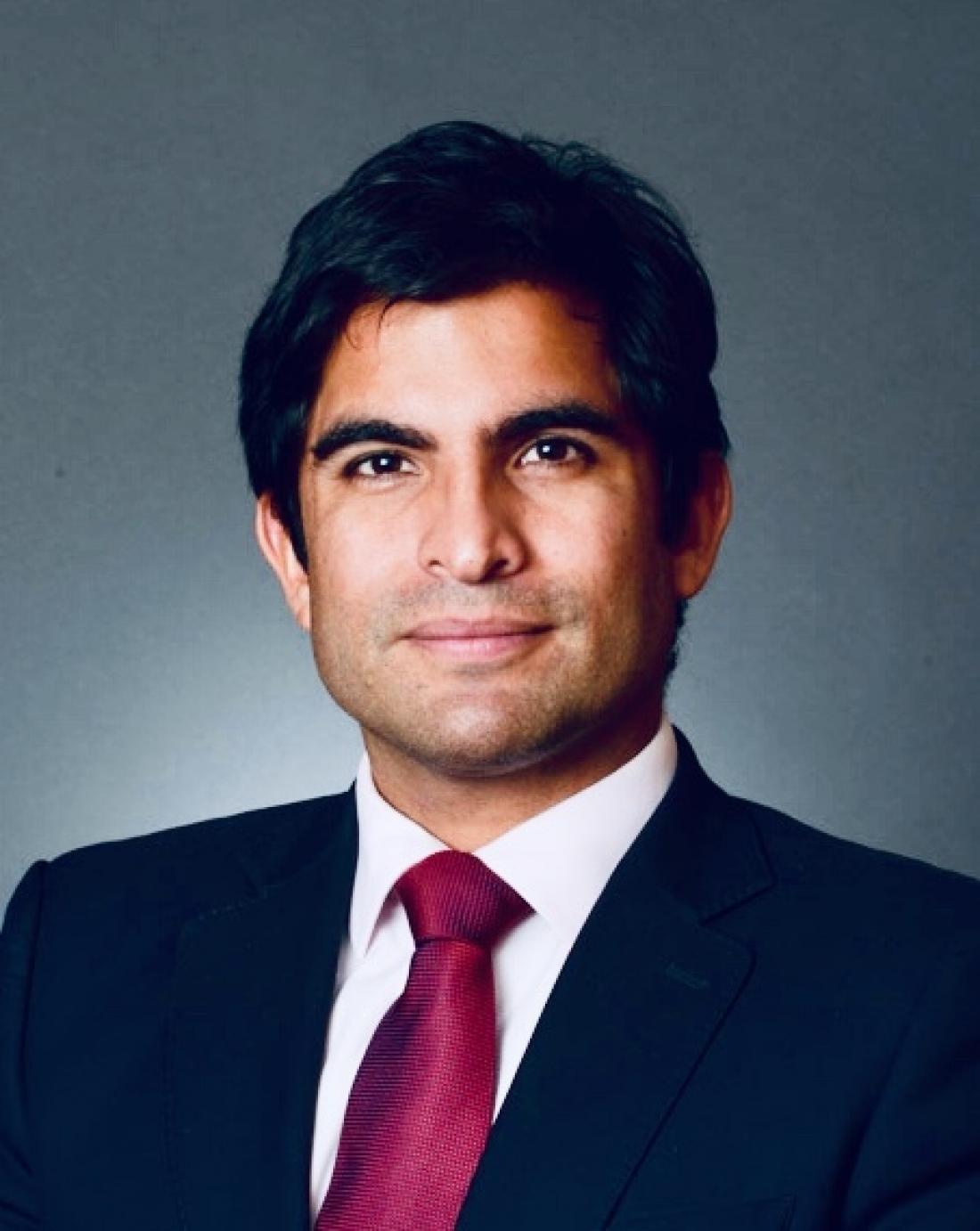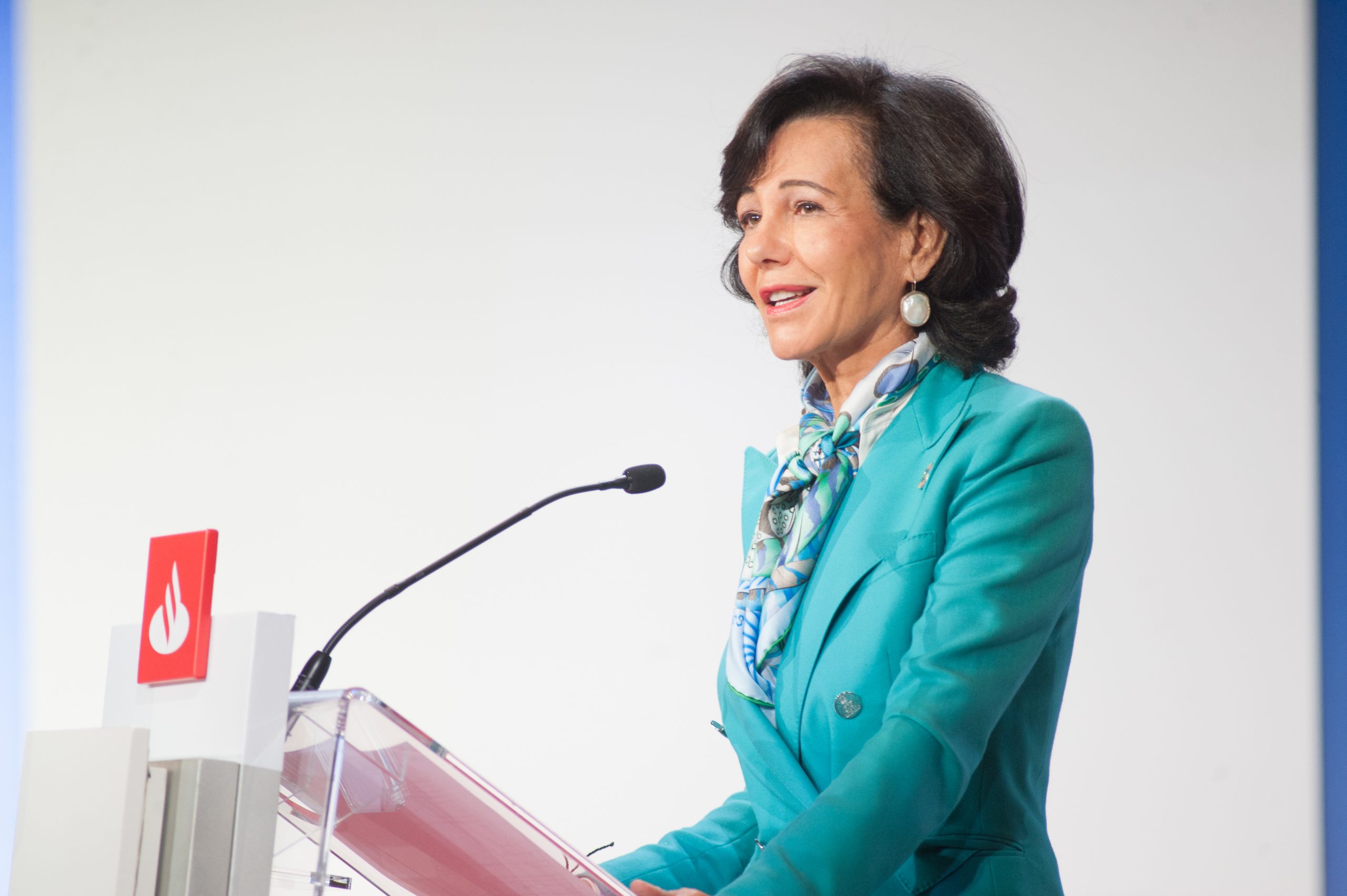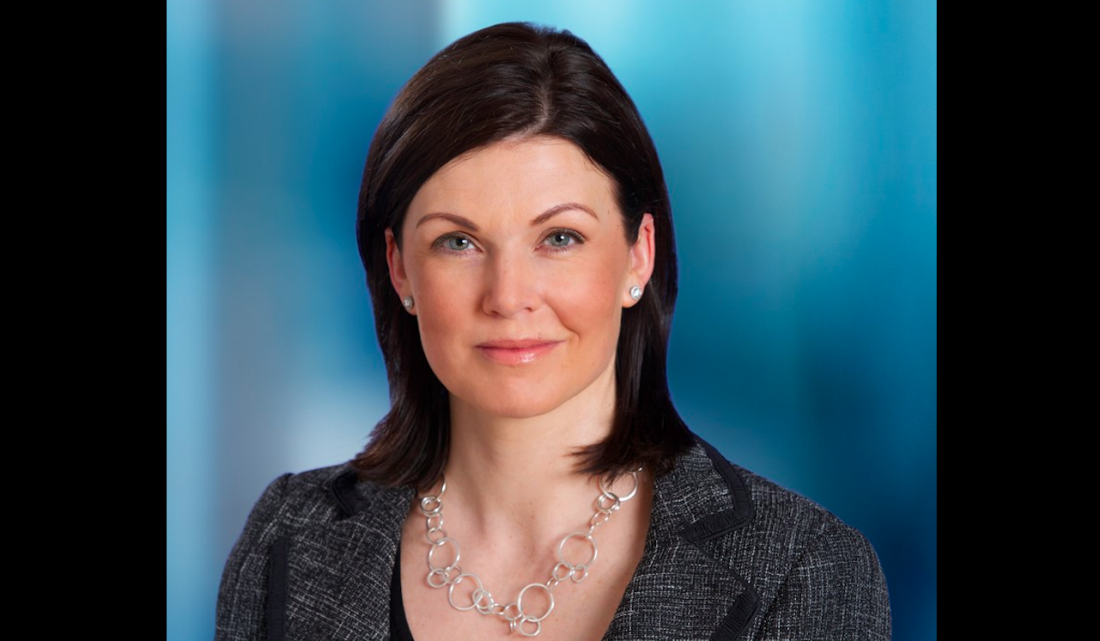Azimut Acquires a 55% Stake in Sanctuary Wealth, a Leading Independent Firm in the United States Wealth Management Industry
| By Fórmate a Fondo | 0 Comentarios

Azimut Group, one of Europe’s largest independent asset managers, via its U.S. subsidiary AZ US Holdings Inc., signed an agreement to acquire a 55% stake in Sanctuary Wealth Group, a leading US independent wealth management firm for financial advisors who seek to build and manage their own practices but want the all-encompassing support of an advanced platform to achieve their full potential.
Azimut, established in 1989 and headquartered in Milan, Italy, operates in 17 countries managing in excess of 57 billion euros (equivalent to almost 67 billion dollars) in total AUM. Azimut first entered the United States in 2015 with a greenfield initiative in Miami focused on the Latam-RIA space called AZ Apice, subsequently reinforced by another partnership with Genesis Investment Advisors. The U.S. has strategic importance for Azimut in the private markets segment as well where, through Azimut Alternative Capital Partners, it seeks to acquire minority stakes in mostly U.S.-based alternative asset managers providing permanent capital to grow and achieve their greatest business potential.
The deal with Sanctuary represents a significant milestone and a further demonstration of Azimut’s commitment to pursue its plan to expand into the broader U.S. financial industry. Sanctuary Wealth, founded in 2018 by Jim Dickson, currently has 7 billion dollars (equivalent to 6 billion euros) of billable AUM and further assets under advisement from institutional clients bringing the total to close to 12 billion dollars. Dickson is the visionary who led the development and launch of the innovative, hybrid RIA model and partnered independence network. Prior to Sanctuary, he spent 20+ years in senior leadership roles at Merrill Lynch.
Sanctuary has established itself as the leading platform for the next generation of wealth managers in the U.S., who are breaking away from traditional wirehouses and brokerage firms to own, operate and grow their own businesses. Through an ecosystem of partnered independence, advisors have the resources and services they need while enjoying the economies of scale afforded by larger traditional platforms. The Sanctuary team includes employees dedicated to transitions as well as ongoing operations support to ensure an optimal experience for the advisor, their clients and employees. Sanctuary also provides its partner firms the means to grow through strategic opportunities where they can acquire and roll up existing practices in partnership with Sanctuary.
The Azimut and Sanctuary partnership will focus on the development of a best in class network of breakaway advisory teams. Sanctuary will also continue to invest in the growth of its partner firms, and in strategic acquisitions of other RIAs and wirehouse practices across the U.S. The strategy and success of Sanctuary since inception has been exceptional. Their national community includes 41 partner firms, spans 17 states and employs more than 100 advisors serving over 7,000 households.
The wealth management industry in the US is in the midst of major change with as much as 2,4 trillion dollars of assets “on the move”. The initial target for SWG is the wirehouse breakaway advisors going independent, with an estimated 469 billion dollars of AUM. Secondly, Sanctuary will focus on retiring advisors with another1.6 trillion dollars of AUM. The last segment is the smaller (growth-challenged) independent RIAs who are looking for operational support and / or a transition plan, with another pool of 348 billion dollars of AUM. Custodians are also fostering the independence movement as it helps build their market share against traditional wirehouses. Custodians’ preferred growth partners are consolidators and aggregators versus individual RIAs.
Subject to the regulatory approval by the appropriate authorities, AZUS will acquire a 55% stake in Sanctuary through a reserved capital increase in order to finance a mutually agreed business plan. The remaining stake will continue to be in the hands of senior management as well as financial advisors. The agreement contemplates that Azimut and Sanctuary’s current management team will cooperate and grow the business in the US over the medium-long term, and provides for call/put option rights as well as a further investment in the business linked to certain achievements.
Jim Dickson, CEO of Sanctuary, comments “The changes currently underway in the wealth management industry due to a surge of retiring advisors and a massive intergenerational transfer of assets presents our firm with unprecedented opportunity. By partnering with Azimut, Sanctuary Wealth is well-positioned to capitalize on this once in a lifetime opportunity to grow and invest alongside our partner firms. We are most fortunate to have a strategic partner offering significant patient capital, whose independent and entrepreneurial culture aligns with our own to provide the right resources to accelerate the growth of our advanced platform in both size and scale.”
Pietro Giuliani, Chairman of Azimut Group, comments “Azimut’s DNA is made up of independence, entrepreneurship and value creation for both clients and shareholders. We found all these same values in Sanctuary and are thrilled to be partnering with such like-minded professionals. Not only is Sanctuary an extremely admired firm, but it is made of some of the best senior leaders, talents and financial advisors in the United States. We are committed to helping Jim and his team achieve their greatest business potential, leveraging our long-standing expertise in asset management, private markets and a global presence in more than 17 countries around the world. Thanks to this milestone transaction, Azimut is on the right path to create an integrated and successful business in the United States made up of a leading wealth management firm like Sanctuary, a unique and best in class private markets business like Azimut Alternative Capital Partners, and in the near future a top performing traditional asset management platform.”









